![]()
![]()
![]()
Use LEFT and RIGHT arrow keys to navigate between flashcards;
Use UP and DOWN arrow keys to flip the card;
H to show hint;
A reads text to speech;
55 Cards in this Set
- Front
- Back
|
Abstract Class |
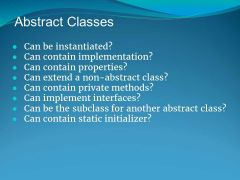
Abstract classes cannot be instantiated, but they can be subclassed. Can contain implementation. |
|
|
Interface |
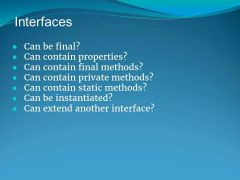
|
|
|
Generics 1 |
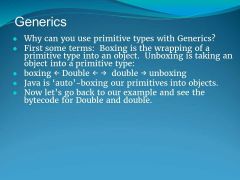
|
|
|
Abstract Method |

"abstract" means: "Implements no functionality", and "static" means: "There is functionality even if you don't have an object instance". And that's a logical contradiction. |
|
|
Anonymous Inner Classes |

|
|
|
Casting |
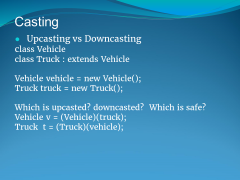
|
|
|
Cohesion 1 |

|
|
|
Cohesion 2 |
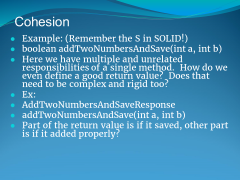
|
|
|
Cohesion 3 |
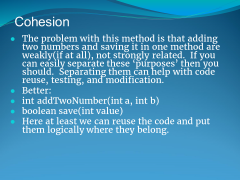
|
|
|
Cohesion 4 |
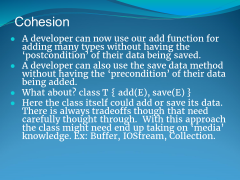
|
|
|
Coupling 1 |
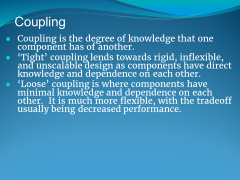
|
|
|
Coupling 2 |
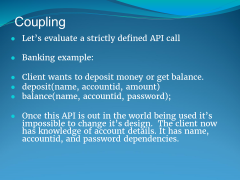
|
|
|
Coupling 3 |
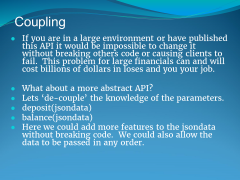
|
|
|
Coupling 4 |
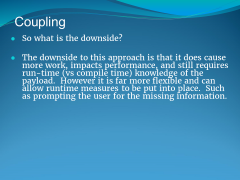
|
|
|
Coupling 5 |
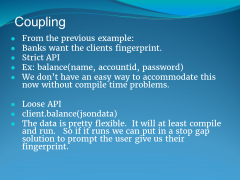
|
|
|
Coupling 6 |
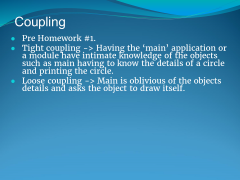
|
|
|
Coupling and Cohesion 1 |

|
|
|
Coupling and Cohesion 2 |
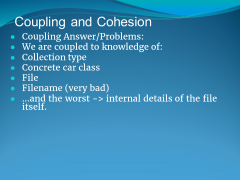
|
|
|
Coupling and Cohesion 3 |
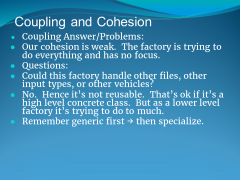
|
|
|
Coupling and Cohesion 4 |
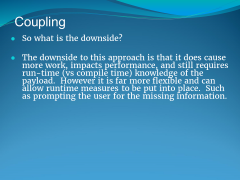
|
|
|
Coupling and Cohesion 5 |
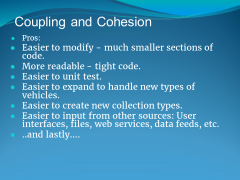
|
|
|
Coupling and Cohesion 6 |

|
|
|
Design Patterns-Builder 1 |

|
|
|
Design Patterns-Builder 2 |

|
|
|
Design Patterns-Builder 3 |
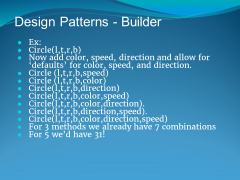
|
|
|
Design Patterns-Builder 4 |
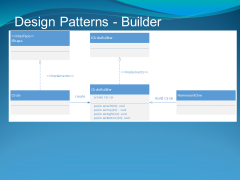
|
|
|
Design Patterns-Builder 5 |

|
|
|
Generics 2 |
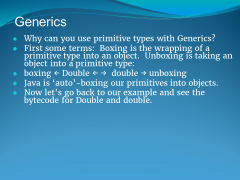
|
|
|
Object Oriented Development |
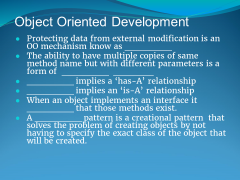
1. Encapsulation 2. 3.Object composition is used to represent "has-a" 4.Inheritance 5. |
|
|
SOLID (Dependency Inversion Principle) 1 |

|
|
|
SOLID (Dependency Inversion Principle) 2 |
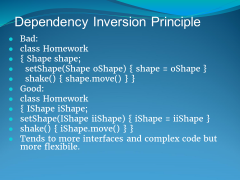
|
|
|
SOLID (Interface Segregation Principle) 1 |

|
|
|
SOLID (Interface Segregation Principle) 2 |
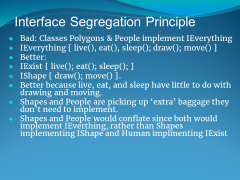
|
|
|
SOLID (Liskov Substitution Principle) 1 |
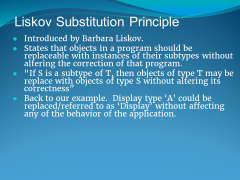
|
|
|
SOLID (Liskov Substitution Principle) 2 |
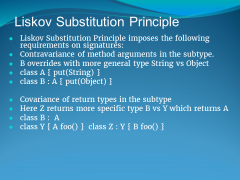
|
|
|
SOLID (Liskov Substitution Principle) 3 |
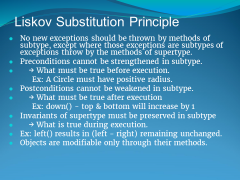
|
|
|
SOLID (Open Closed Principle) |
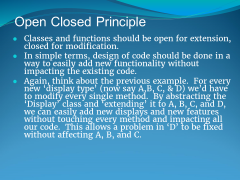
|
|
|
SOLID (Single Responsibility) 1 |

|
|
|
SOLID (Single Responsibility) 2 |
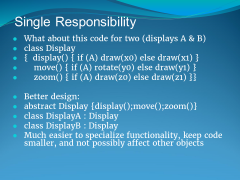
|
|
|
SOLID |
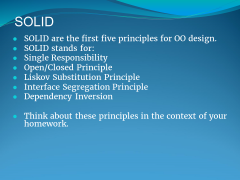
|
|
|
Static Initializer |
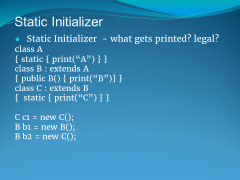
|
|
|
Static Method |
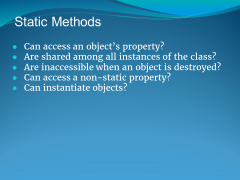
|
|
|
UML 1 |
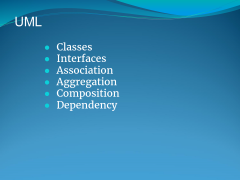
|
|
|
UML 2 |
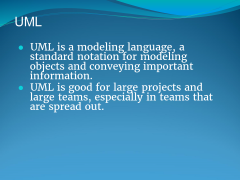
|
|
|
UML 3 |

|
|
|
UML Aggregation |
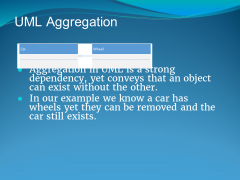
|
|
|
UML Association |

|
|
|
UML Classes 1 |
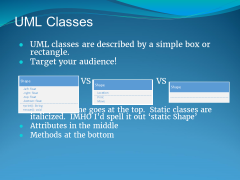
|
|
|
UML Classes 2 |
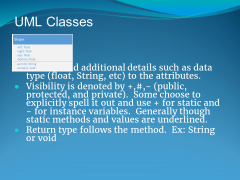
|
|
|
UML Classes 3 |
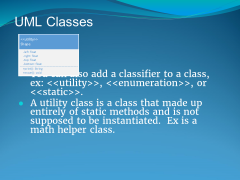
|
|
|
UML Composition |

|
|
|
UML Dependency |

|
|
|
UML Inheritance and Implements |
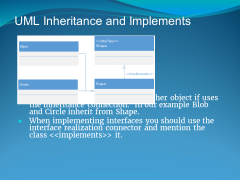
|
|
|
UML Interface |
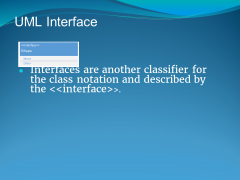
|
|
|
UML Multiplicity |

|

